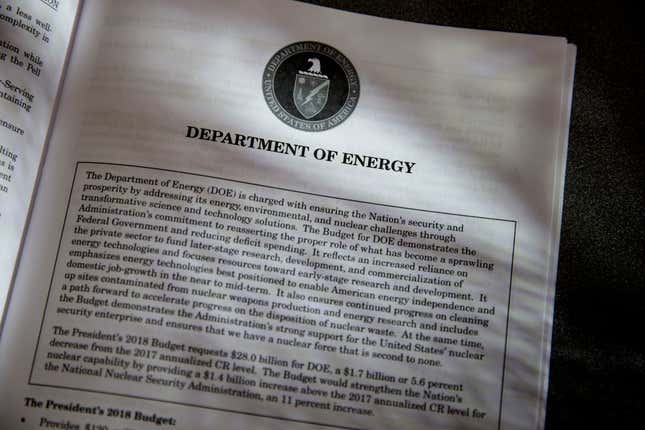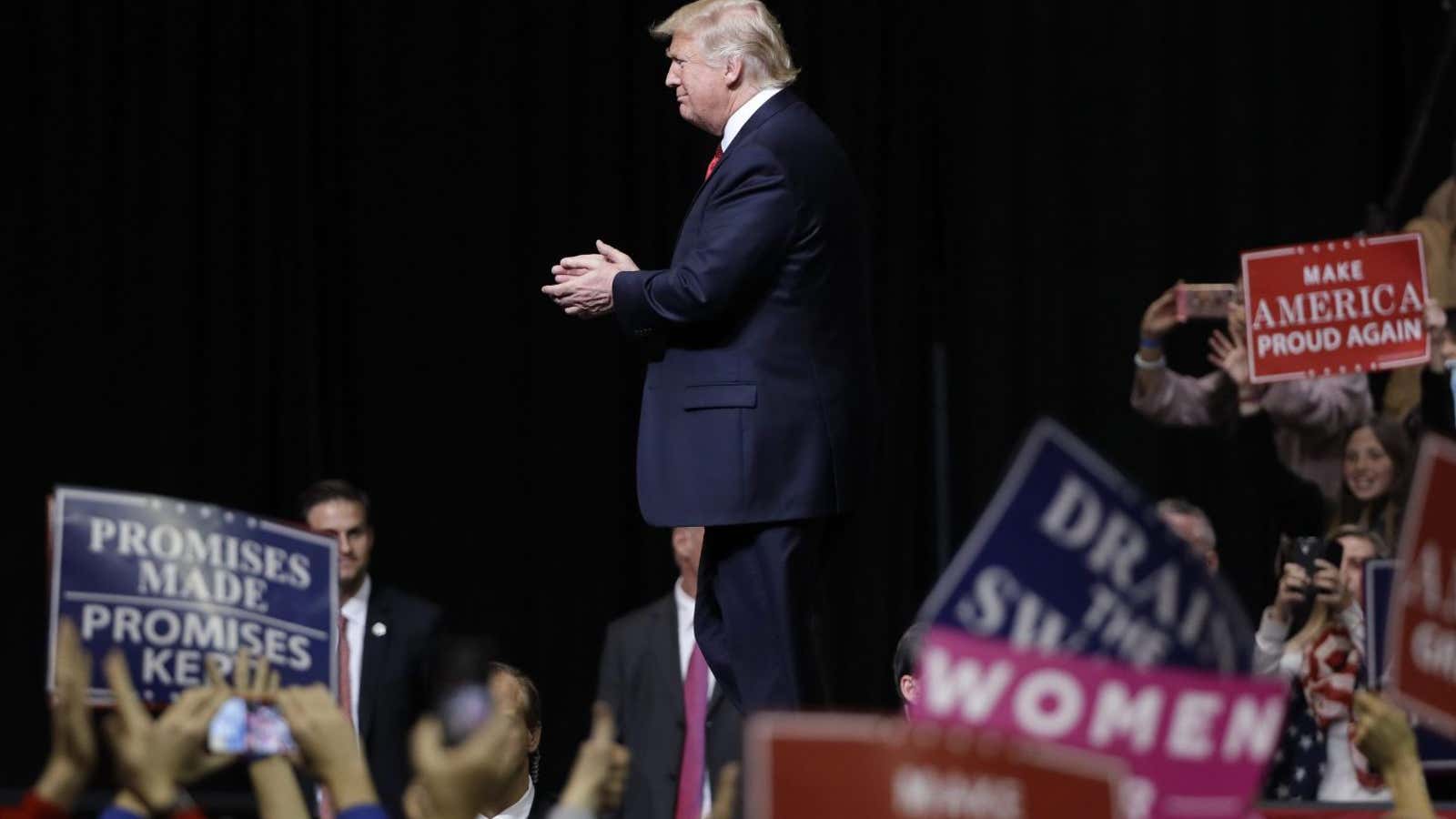President Donald Trump’s proposed budget for next year makes big cuts to US government science funding. But it’s not only government scientists who will suffer: It’s American high-tech industries that, in recent decades, have come to rely on those scientists’ basic research to seed their innovations.
Until the 1980s, AT&T’s Bell Labs, Xerox PARC, Kodak, IBM, and other companies lavishly funded cutting-edge basic science. That is how we got the transistor, the cell phone, GPS-led mapping programs, and other things that made the US the hub of the world’s consumer tech industry. But a more cutthroat approach to the bottom line led the companies one by one to abandon their labs, and to rely increasingly on the federal government to do the basic science, which they could then license.

Under Trump’s proposed budget, the Office of Science within the Department of Energy would lose $900 million of its $5 billion budget. Among the research the office pays for is in exascale computing, which attempts to compete with China’s significant advances in super-computing. It also funds several “innovation hubs,” which attempt to drive new inventions in, among other areas, exotic materials, nuclear energy, and batteries. Science at the country’s 17 national labs, which were founded for defense research, has gone commercial: For instance, the heart of the battery contained in GM’s electric vehicles, and those of many other car companies, was invented at Argonne National Laboratory outside Chicago.
“It will cut science off at the knees,” Peter Littlewood, a professor at the University of Chicago and former director of Argonne, told me. Littlewood was particularly worried about exascale computing research. ”It’s quite dangerous for the US to disable the science engine,” he said.
The budget, which adds more than $50 billion to military spending, also proposes entirely eliminating ARPA-E, the Obama-era program that funds radical innovation in renewable energy.
Congressman Mark Takano, who represents a district in California, railed against this balance of priorities. “American innovation is as important–if not more important—to the future of our country as tanks and missiles,” he told me in an email. He said,
By eliminating ARPA-E and making deep cuts to the Department of Energy’s science funding, the president’s “skinny” budget would cripple our ability to discover and develop new energy technologies, while forfeiting leadership in the energy economy to China, Germany, and other nations that are investing in energy research and development.
Joshua Weisz, Takano’s spokesman, suggested that some funding could be shifted over to the Defense Department since it serves a strategic purpose: “Given the military applications for battery storage, for example, the Pentagon could choose to fund programs advancing that area through its budget,” he said.
